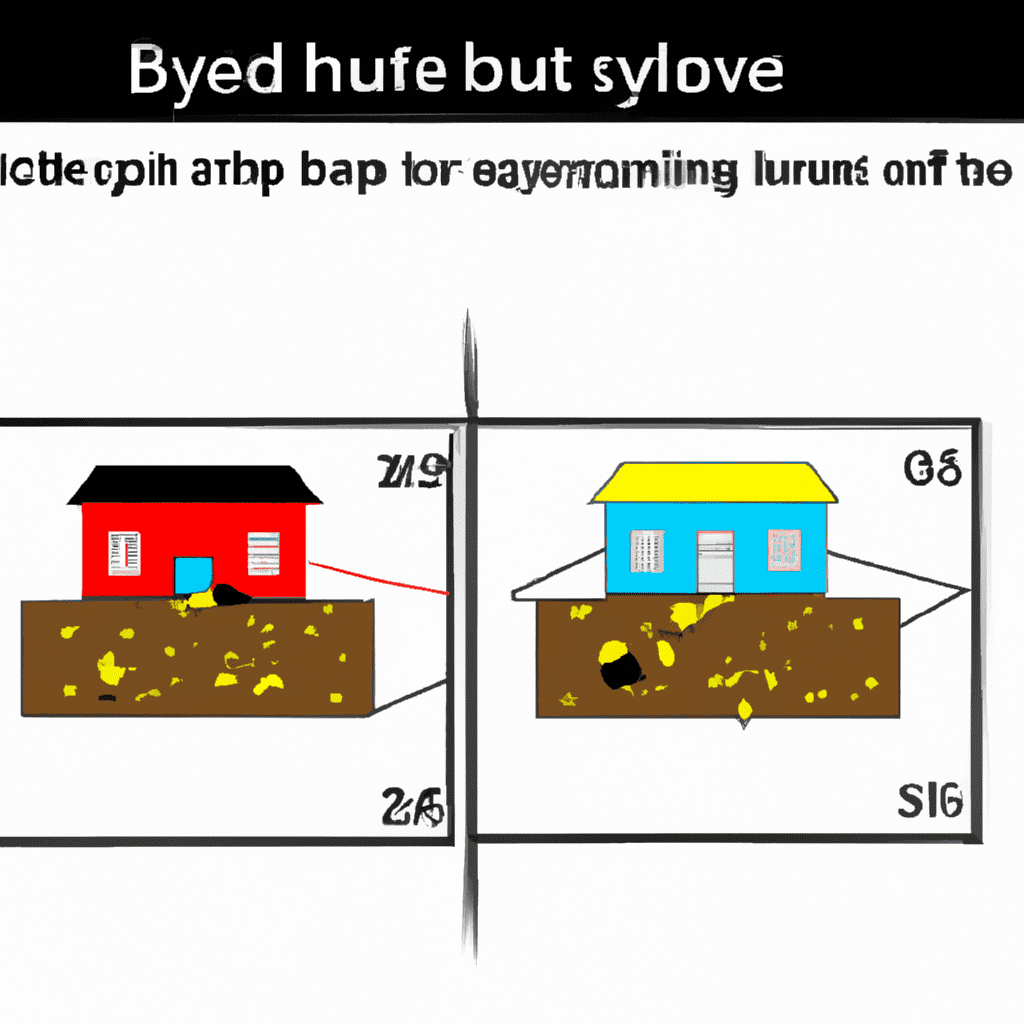Spotting Subsidence Warning Signs Before Buying a Property in the UK
Understanding Subsidence
Subsidence refers to an occurrence where the ground beneath a property begins to sink, pulling down the building’s foundation alongside it. The drastic shift in your home’s foundation can create severe structural damage if left unchecked. Property owners may face additional costs to rectify the situation, which could run into thousands of pounds. Thus, before you make a property purchase, it’s vital to understand subsidence and identify its tell-tale signs.
Why Subsidence Matters in Property Purchase
Buying a new property is usually an exhilarating experience. However, it is equally fraught with potential pitfalls. One such trap is the unseen threat of subsidence. Hidden beneath your potential new home, subsidence can cause severe structural damage, turning your joy into adversity if left unnoticed. Even a property that seems perfect on the outside might be subtly showing the symptoms of this menacing situation. Therefore, it is crucial to be vigilant about these warning signs during the property buying process.
Recognising the Warning Signs
Subsidence signs aren’t always conspicuous, especially to the untrained eye. But with a bit of knowledge, you can spot potential issues relatively early. Here are some common subsidence warning signs to watch out for:
Cracks in the Walls: Not all cracks indicate subsidence, but certain types are cause for concern. Look for small, diagonal cracks that appear around doors and windows or where an extension joins a house—these are often a tell-tale sign.
Sticking Doors and Windows: If doors and windows suddenly begin to stick for no apparent reason, this could indicate that the frame has shifted due to subsidence.
Rippling Wallpaper: A subsidence can cause the wallpaper to ripple. If the wallpaper is crinkled with no signs of damp, it might be due to subsidence.
The Role of Environmental Factors
Environmental factors play a significant role in increasing the risk of subsidence. Some of the key environmental causes to pay attention to include:
Clay Soil: Properties built on clay soil are particularly vulnerable to subsidence because clay contracts and expands depending on its moisture content.
Tree Roots: Trees planted near properties are another common cause of subsidence. The roots can grow beneath the foundation, causing ground movement.
Weathers: Dry weathers can dehydrate the soil, causing a sudden ground movement that eventually leads to subsidence.
Investing in a Thorough Building Survey
A comprehensive building survey can identify signs of subsidence and help you address the issue before it escalates. At Flettons, we offer specialised building surveys designed to detect any underlying problems that a property might harbour, giving you peace of mind before you make any commitment. Our team of seasoned experts has the necessary knowledge and tools to reveal any hidden threats, such as subsidence, that can severely impact a property’s liveability and value.
Dealing With Subsidence
If your dream property turns out to have subsidence, it doesn’t necessarily mean you should immediately write it off. Many subsidence issues can be fixed, or at least managed, with professional assistance. This could involve removing nearby trees causing the issue or underpinning the building, which strengthens the foundation. It’s essential to work with a skilled surveyor and a reliable construction team if subsidence is discovered.

